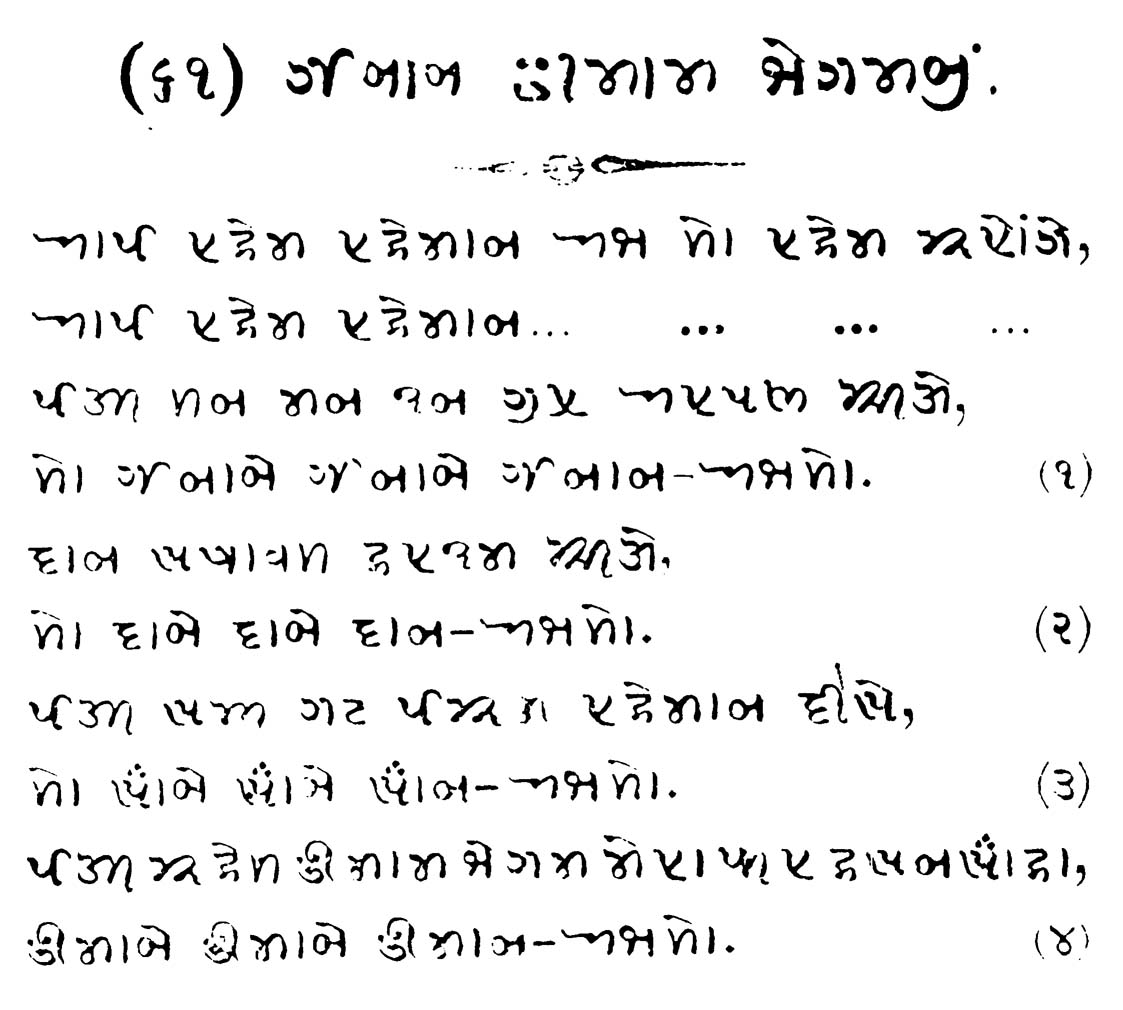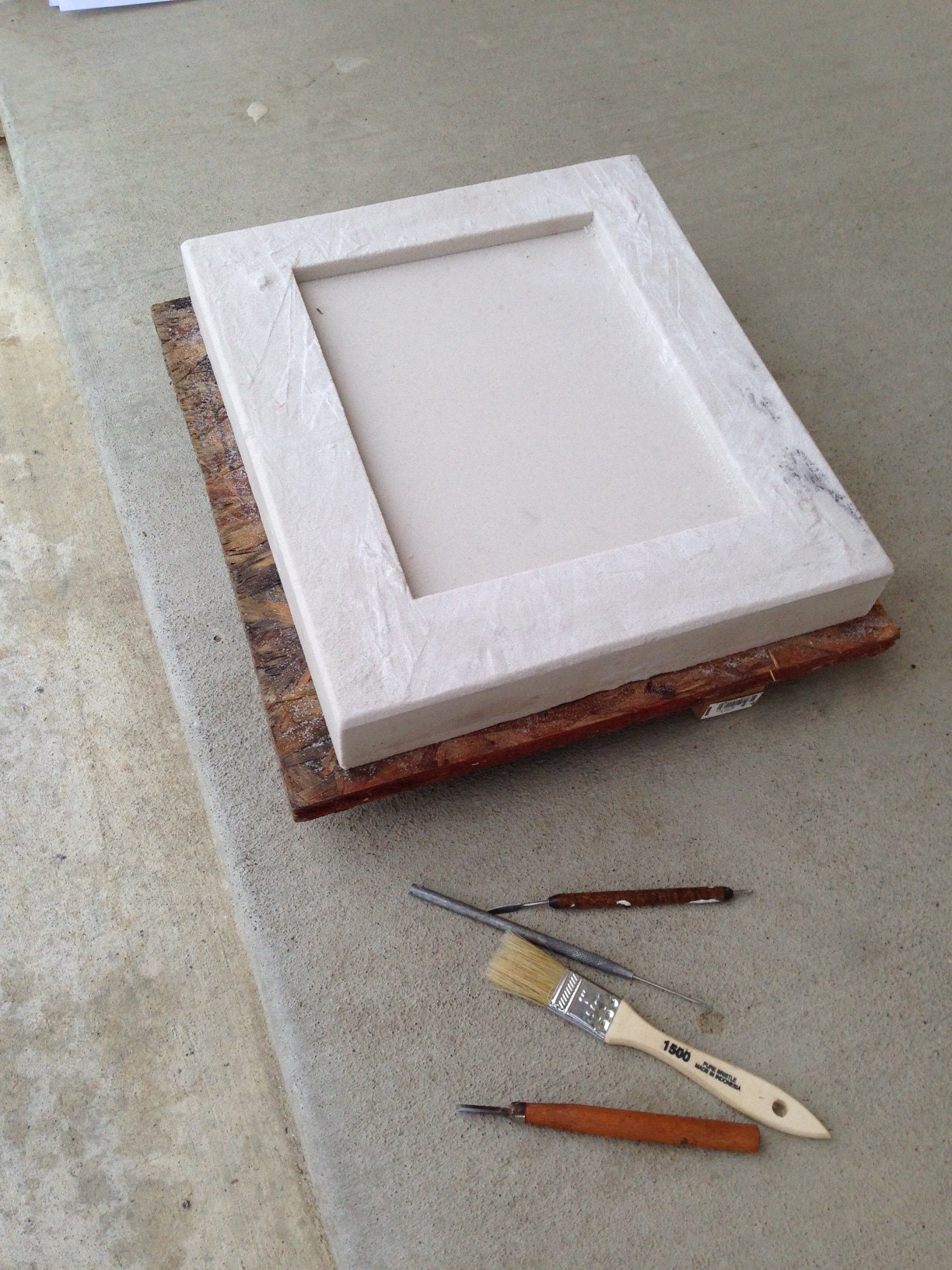It’s sort of a reverse Rorschach Test: if I see
a blank slate, my mind will fill it with orthographic
imprints. Usually ethereal calligraphy, more recently,
translucent epigraphy. I’ve always marvelled
at the craftsmen who meticulously engrave complex scripts upon
marble facades and copper plates; bringing a blank slate
to life with visible language. I recently had a chance to
materialize my orthographic fantasies.
In early December 2013, I attended an
open house at Equinox Studios in the Georgetown neighborhood of
Seattle. The artists had flung open the doors
of their studios for the public to experience
the spaces where inspiration meets the workbench.
In one space an artist swung a wrecking ball into massive, ornate glass
sculptures. In another, iron-wrights lit up the sky with
pyrotechnic displays emanating from giant, intricate lattices
and delicate cut-metal trees. While watching these
industrial artists cast light and sound into the night, a
more silent performance in one corner of the studio caught my ears.
As I walked over I saw stacks of sandstone blocks
and people hunched over tables. I peered over the shoulder of a
couple and saw them carving the logo of the
Seattle Seahawks into one of these blocks. A few feet away,
metal workers fed wood into the blazing mouth of a
furnace. I watched as a pair of workers reached into the furnace
with a heavy metal yoke and extracted a crucible filled with
bubbling liquid. Another worker collected finished blocks with
carvings and placed them on a metal rack resting upon a bed of
black sand. At her signal, the bearers of the crucible inched
over to the rack and steadily poured the molten liquid into each
block. Further along the perimeter, a worker cracked the cooled
blocks to release a metal tile, each bearing an
embossed image of what has been etched into the block.
I was engrossed by this process of sandstone etchings being
formed into pictographs on steel and nearly forgot about the
rest of the open house. Some of my companions wandered onto the
other installations as I grabbed a sandstone block and
found a spot at the table. I began thinking about what
I would want to see wrought in steel. Luckily, my friend
saved me from writer’s, um, block by exclaiming
“Oh, write my last name in Hindi!”.
For the next 45 minutes I stood hunched over my block,
sketching her name first in pencil, then lightly tracing it with a
carving tool, then going over the grooves repeatedly until the
depths reached a quarter of an inch. Then the devil of details
arrived and he sat on my shoulder as I tried to coax the stone
to yield curves that resemble those of inked letters. When
I finished, I brushed off my shoulder and handed the finished
block to my friend, who ran her finger over the grooved of the
etched imprint of her name in reverse. Thumbs up. She passed it
onto the metal worker, who sprayed it with a graphite coat and
set it on the rack. We watched as the two crucible bearers
arrived with a fresh trove of molten steel and poured it onto
the carving…
The experience at Equinox loomed in my mind. I still wasn’t
sure what I wanted to see cast in metal. A few days later it
struck me while I was researching variant letter-forms used in
Khojki manuscripts while listening to Raageshwari Loomba’s
rendition of the Ismaili ginan “Aaye Rahim Raheman” by
Imam Begam. I read the ginan in a printed Khojki book earlier in
the month:

I wondered if I could reproduce the
letter-forms that Laljibhai Devraj had cut in Germany in 1903
for the first ever Khojki metal types, which he used at his
Khoja Sindhi Printing Press in Bombay. I thought it
might be nice to do an etching of “Aaye Rahim Rahman”, the
ginan which inspired me to think about a Khojki etching
in the first place, but that seemed a bit ambitious. After all,
I had only done one etching. So, I thought of the next best
thing I would want to etch in Khojki…
But first, I would need my blank slate. My friend contacted
Alair Wells, a talented sculptress and metal artist, whose
studio Tinder Heart
Metals at Equinox was hosting the metal working during the
open house. I described my idea to Alair, who was excited
to help. We produced a wooden cast for the block by
using four 2” x 4”s and affixing it to a plywood board. Then
Alair cut an 8” x 10” block from a pine board and we fixed that
to the plywood. We poured Washington grade 7 white silica into
the cast to measure the amount of sand we would need. Then
after we placed the silica into a bucket, Alair and my
friend mixed a catalyst and bonding agent into it, mixed
vigorously for minutes, and then poured the preparation into the
block. The 25 lb. sandstone block turned out beautifully:

Now, I had my blank slate. Then, I chose my tools:
a ⅜” nib, a ⅛” nib, and a needle point:
The first step was to sketch out the Khojki text using a pencil.
The text must be etched as a mirror image so that the embossing
on the tile will have the correct orientation. I had thought of
making a stencil by printing out the Khojki text in reverse and
cutting out the letters using a fine blade, but the glyphs of
the only Khojki font I have do not possess the sort of modulated
strokes I desired for the etching. So, I decided to do a free
hand rendering of the text in reverse:
I then performed an initial etching. I held my breath quite a
bit during this part. Unlike writing on paper or composing in
typesetting software, you really cannot ‘erase’ or ‘undo’ an
erron without having extra
silica and bonding agent on hand. I lightly scraped the ⅜” nib over the sketch I made:
The first phase of the etching of the upper portion of the block
is shown below. The grooves are shallow. I would eventually
deepen the routes:
Then time to sketch out the text for the bottom portion of the
etching. I could have sketched out the entire text first, but I
had a feeling that my palm would just smudge the graphite.
I used the broad nib for the text of the upper portion. It
produced a very pleasant width and modulation that
resembled the style of Khojki I wanted to emulate.